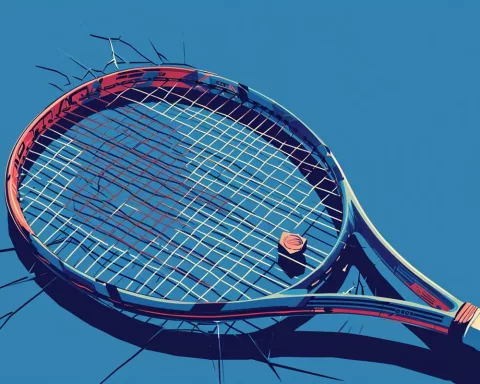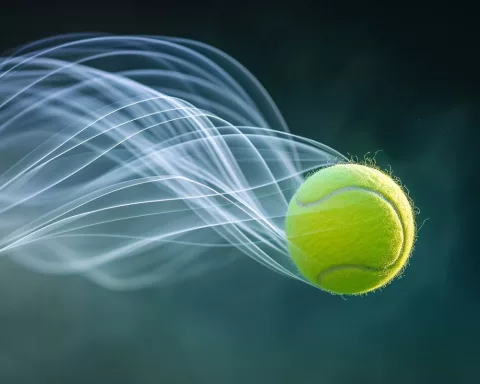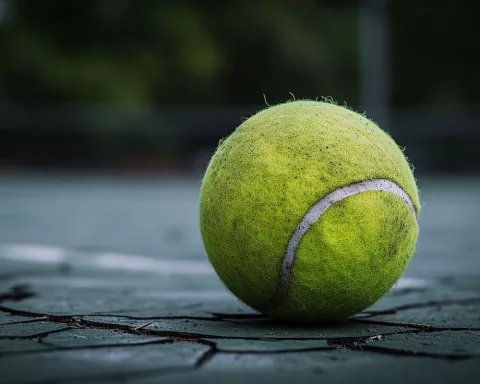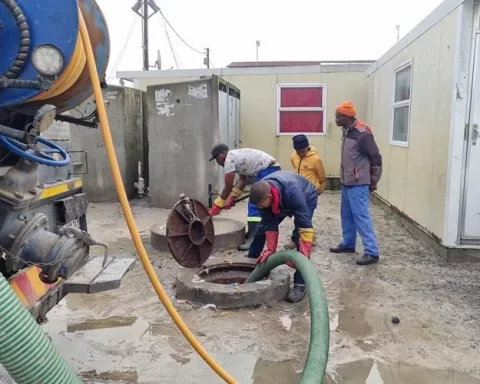Stefanos Tsitsipas was forced to withdraw from his ATP Finals match due to a back injury, possibly caused by a lack of rest due to scheduling. His exit paved the way for Hubert Hurkacz to face Novak Djokovic in his final match, despite having no chance of moving forward to the semi-finals. Djokovic is aiming to secure his spot in the semi-finals and potentially become the record holder for most singles wins. He faces a tough opponent in Jannik Sinner, who must defeat him in two sets to secure his own spot in the semi-finals.
Why did Stefanos Tsitsipas withdraw from his match at the ATP Finals?
Stefanos Tsitsipas was forced to withdraw from his match against Holger Rune at the ATP Finals due to a back injury. Despite exhaustive efforts with his medical team, Tsitsipas was unable to maintain his fitness level on the court. He suggested a lack of adequate rest due to the continuous scheduling of matches as a possible cause for his injury.
Stefanos Tsitsipas, the sixth seed at the ATP Finals, encountered a disappointing setback during his match against Holger Rune on Tuesday. Tsitsipas was forced to withdraw during the first set, trailing 2-1, due to a back injury. This unfortunate turn of events marked newcomer Rune’s first triumph in the tournament.
Tsitsipas, a true sportsman, conveyed his sincere apologies to his legion of fans and supporters. The 25-year-old player expressed deep regret for not being able to finish the match. Despite exhaustive endeavors with his medical team, Tsitsipas was unable to maintain his fitness level on the court, leading to his premature exit.
In the highly competitive world of sports, athletes frequently mask their pain to keep playing. However, Tsitsipas confessed that the level of discomfort experienced was overwhelming, eventually forcing his withdrawal from the match. His abrupt departure raised eyebrows, particularly after his recent reports of physical well-being following his straight-set defeat to Jannik Sinner and dismissal of rumors about an elbow injury.
Tsitsipas’ Exit and Its Implications
Tsitsipas offered a glimpse into the possible causes of his sudden departure, suggesting a lack of adequate rest due to the continuous scheduling of matches. The ATP’s scheduling practices have drawn criticism from players and coaches alike due to late-night matches and limited recovery time.
Tsitsipas’ withdrawal has paved the way for Polish player Hubert Hurkacz to face off against Novak Djokovic in his final match. Unfortunately, despite the opportunity, Hurkacz has no chance of moving forward to the semi-finals following two prior defeats.
Djokovic’s Road to Semi-finals
Djokovic, on the other hand, is gearing up to secure his spot in the semi-finals with a spare match. He is set to compete against local favorite, Sinner, who is aiming to etch history as the first Italian to reach the tournament’s last four. Djokovic’s impressive year, which includes clinching the top spot in the year-end world rankings for an eighth time, has been fueled by his win over Rune in his first match. His current objective is to secure his semi-final qualification by defeating Sinner.
Djokovic’s impressive career includes three Grand Slam titles won this year, bringing his total to a record 24. He is now focused on chasing his seventh Finals title. A win in Turin would secure his place as the record holder for most singles wins, surpassing retired tennis great, Roger Federer.
Sinner is up against a massive task as he readies himself to face Djokovic. In order to secure his semi-finals placement, he must defeat Djokovic in two sets, a herculean task considering his previous three defeats to the Serb. The upcoming match promises to be an exhilarating display of talent, with both athletes vying to solidify their names further in the history of tennis.
1. Why did Stefanos Tsitsipas withdraw from his match at the ATP Finals?
Stefanos Tsitsipas was forced to withdraw from his match against Holger Rune at the ATP Finals due to a back injury. Despite exhaustive efforts with his medical team, Tsitsipas was unable to maintain his fitness level on the court. He suggested a lack of adequate rest due to the continuous scheduling of matches as a possible cause for his injury.
2. What are the implications of Tsitsipas’ exit from the ATP Finals?
Tsitsipas’ withdrawal has paved the way for Polish player Hubert Hurkacz to face off against Novak Djokovic in his final match. Unfortunately, despite the opportunity, Hurkacz has no chance of moving forward to the semi-finals following two prior defeats.
3. Who is Novak Djokovic facing in his final match at the ATP Finals?
Novak Djokovic is facing Jannik Sinner in his final match at the ATP Finals.
4. What is Novak Djokovic’s objective going into his match against Jannik Sinner?
Novak Djokovic’s current objective is to secure his semi-final qualification by defeating Jannik Sinner.
5. What is at stake for Novak Djokovic if he wins the ATP Finals?
A win in Turin would secure Novak Djokovic’s place as the record holder for most singles wins, surpassing retired tennis great, Roger Federer.
6. What must Jannik Sinner do to secure his spot in the semi-finals?
In order to secure his semi-finals placement, Jannik Sinner must defeat Novak Djokovic in two sets, a herculean task considering his previous three defeats to the Serb.












